Godzilla Rock on the Oga Peninsula
I went to see “Godzilla Rock” in Oga Peninsula of Akita Prefecture that can be seen as a small animal in the daytime, and a monster in the evening! Godzilla blows fire with sunset and clouds is popular at there!
There is a rock similar to the monster Godzilla at Shiosezaki in Oga City, the southern tip of Oga Peninsula, Akita Prefecture. The silhouette illuminated by the sunset in red sky is look like a Godzilla blowing fire in the sky, so it is called as “Godzilla Rock”. The best season you can see Godzilla blowing fire is the time around sunset in mid-April and mid-October.
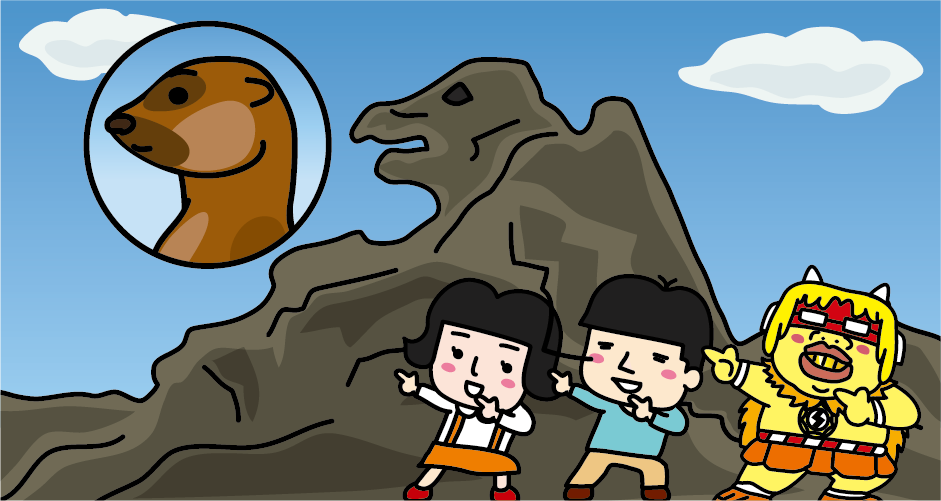
During the daytime, it is known to be seen as “Meerkat Rock”.
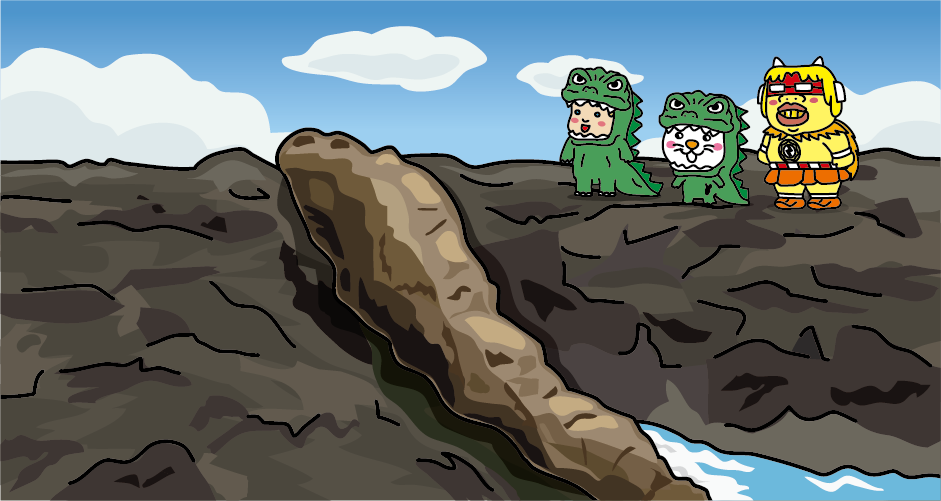
There are so many strange shaped rocks in Shiosezaki and it is just like a natural art museum. In addition to the Godzilla Rock, there are various kind of strange shaped rocks such as “Godzilla’s Shippo Rock (tail rock)” and “Gamera Rock”.
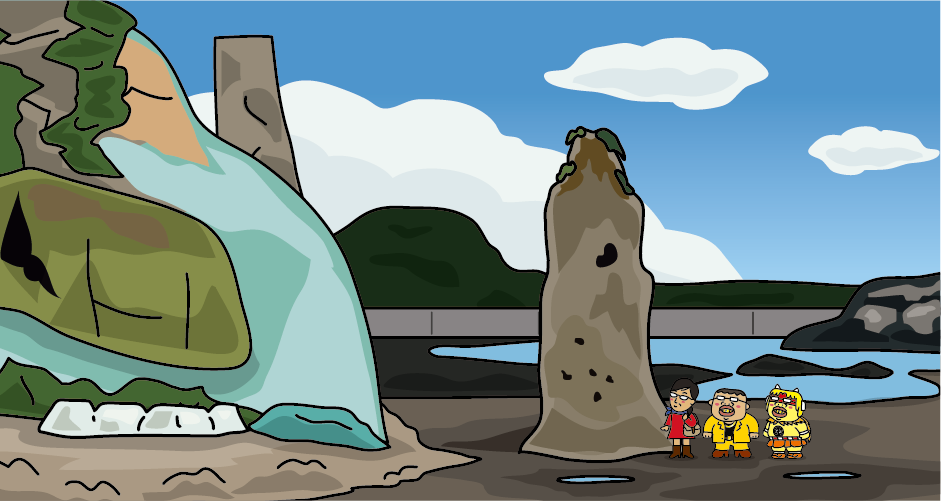
Tateyamazaki has a rock called “Rousoku Rock (candle rock)”. Over fifty years ago, there was a head shaped rock on the upper part, so it was called “Kannon Rock” but the head part was dropped by rain and wind.
Near “Rousoku Rock”, you can see a huge rock called “green tuff” that volcanic dust solidified and turned green with hot water from the volcano. The distance from Shiosezaki and Tateyamazaki is about 5 minutes by car.
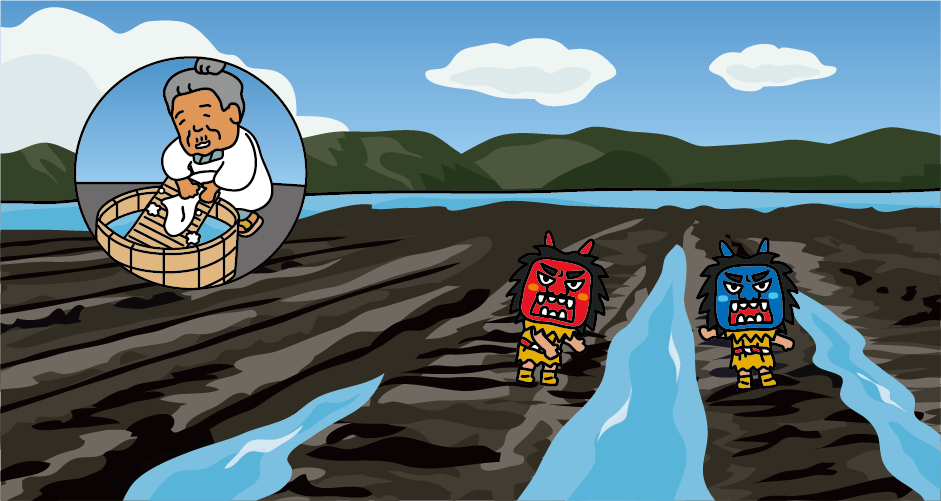
On the south shore of Oga Peninsula, there is a beautiful 1.5 km of coast called “Unosaki Coast”. It is also registered in “100 best beach of Japan”. From Unosaki Coast to Shiosezaki with Godzilla Rock takes around 15 minutes by car. When the tide is out, a shallow continues to 200m of offshore appears and Unosaki coast is crowded with people who play at the shore. Because the shape of this shallow is uneven by action of waves, it is called “devil’s washboard” named after Shinto ritual performing art “Namahage” around Oga Peninsula. Namahage is a folklore demons of Oga Peninsula.
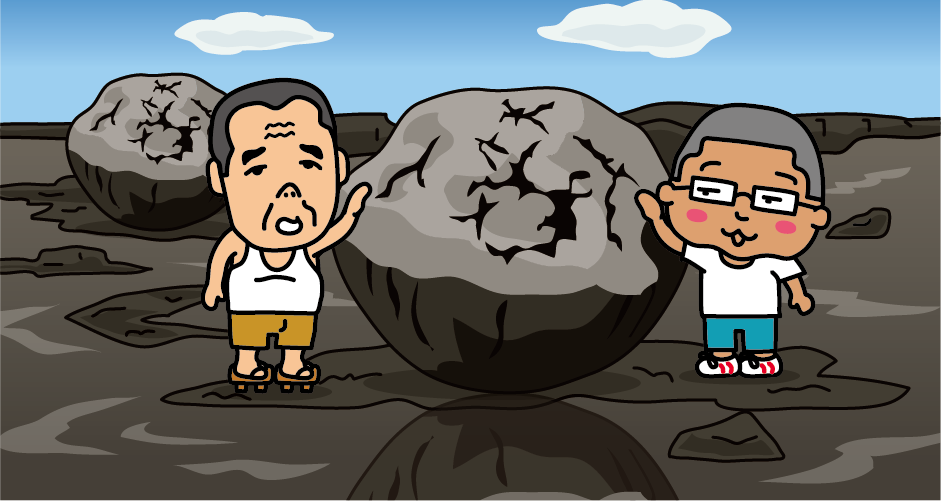
There are many large and small round rock called “Azuki Rock (Red bean rock)” in “Devil’s washboard”. There are also Azuki Rock larger than elementary school student. They are also called as “Oboko Rock” because the round shape looks adorable. “Oboko” means “baby” or “small child” in a dialect of Akita. “Azuki Rock” is a hard rock mixed mud with minerals including calcium and magnesium. They are not noticeable because usually they are covered by the sea and only the top parts are shown, but in the season of spring tide, you can see the whole “Azuki Rock”. Soft stratum around was eroded and only hard rocks remained.
Access to Godzilla Rock
[Railway]
It takes about 4 hours from JR Tokyo Station to JR Akita Station by Tohoku Shinkansen bound for Akita (Akita Shinkansen). At JR Akita Station, transfer to the JR Ou Main Line/JR Oga Line and get to JR Oga Station in about 50 minutes. Get off at JR Oga Station. From Oga Eki Bus Stop to Hokakejima Bus Stop, it takes about 30 minutes by local bus, get off at Hokakejima Bus Stop and walk for about 5 minutes.
[Airplane]
It takes about 1 hour from Haneda Airport to Akita Airport. It takes about 40 minutes from Akita Airport to Akita Station by airport limousine bus.

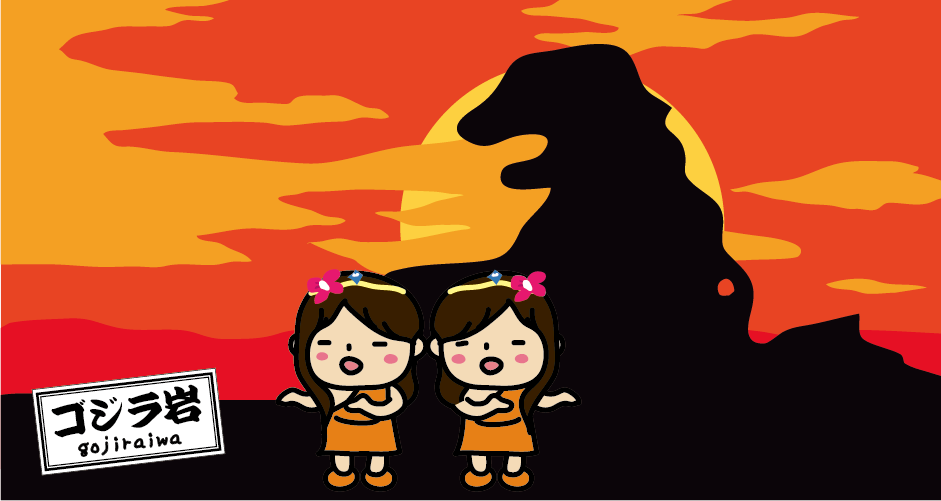


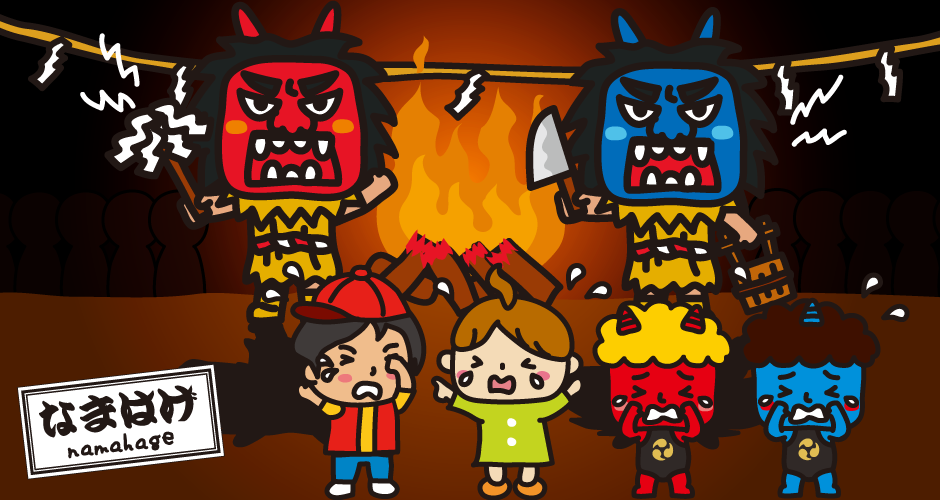
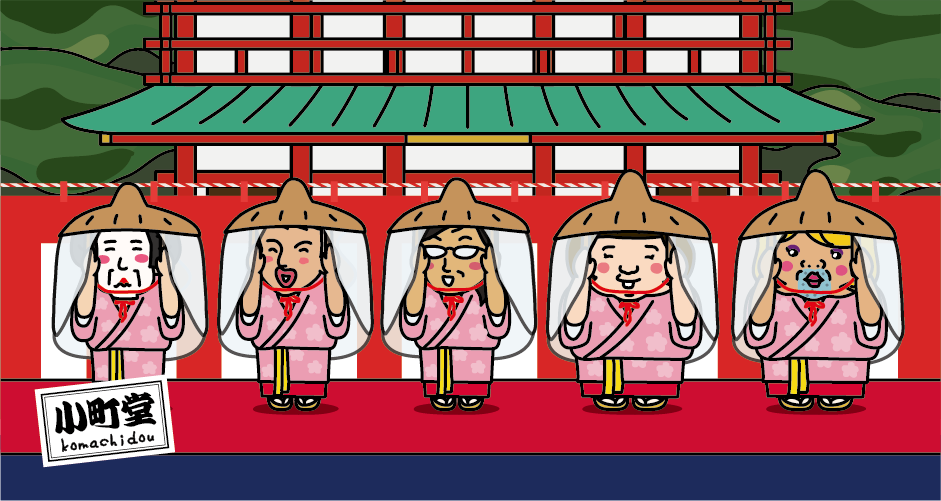

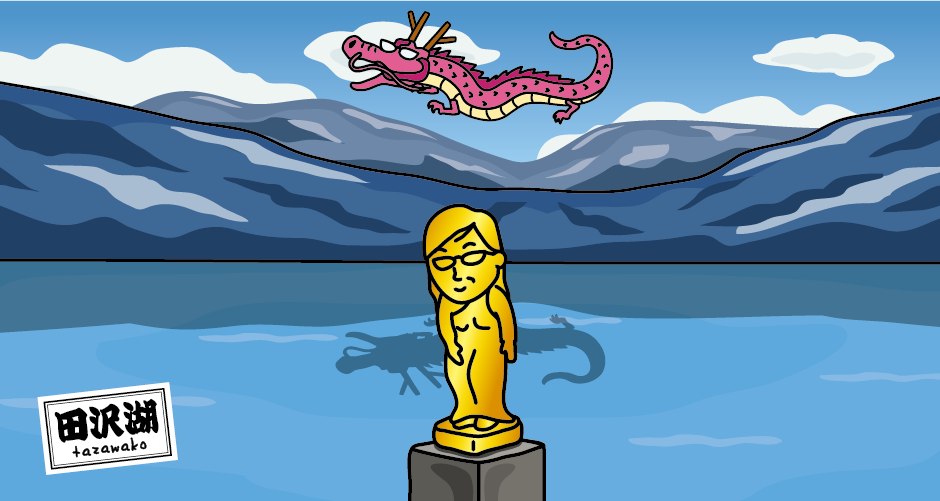
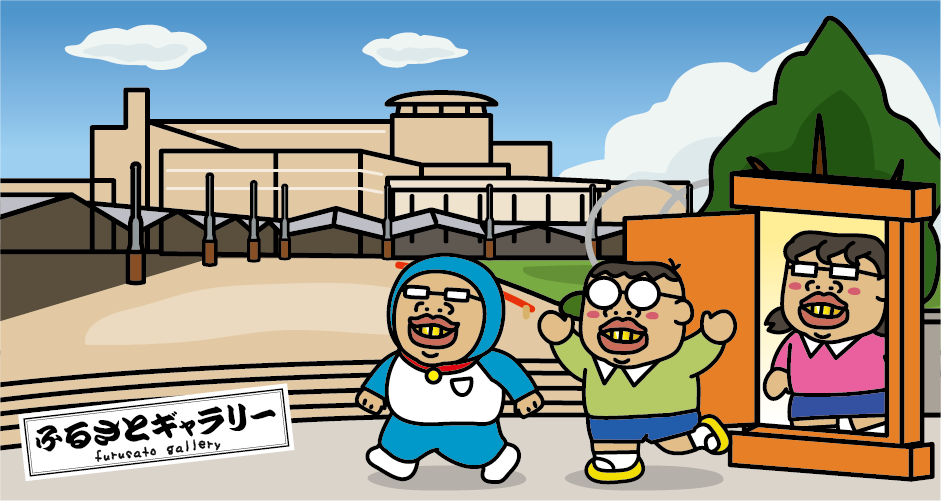
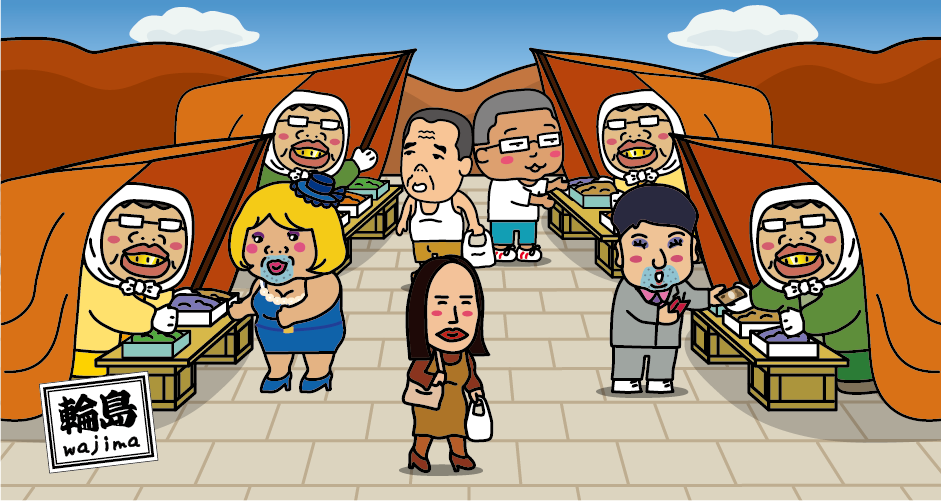
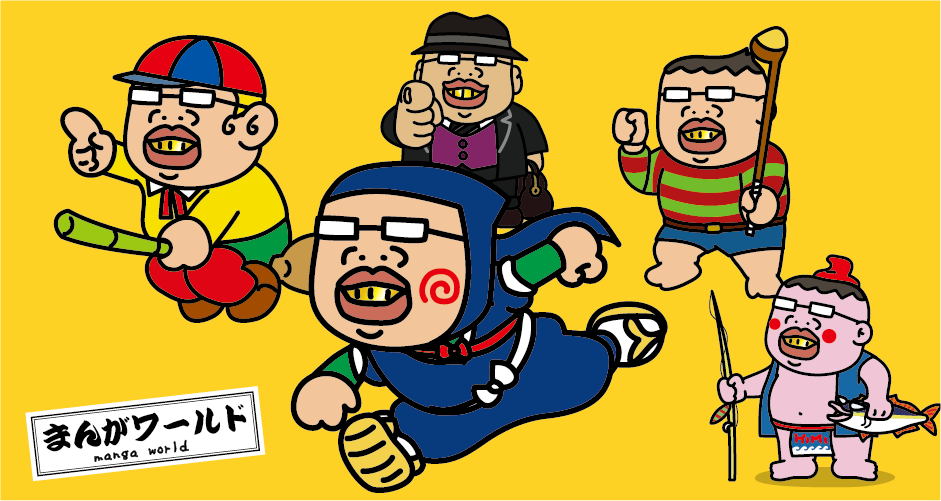
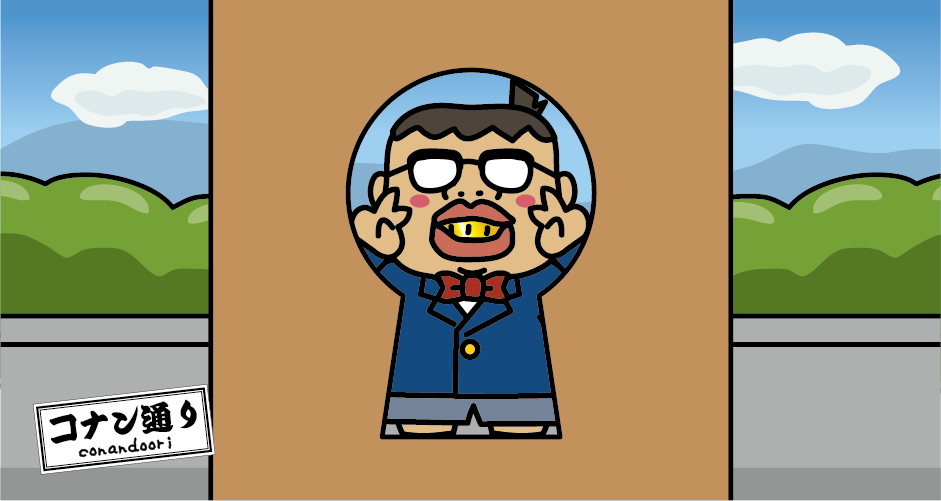
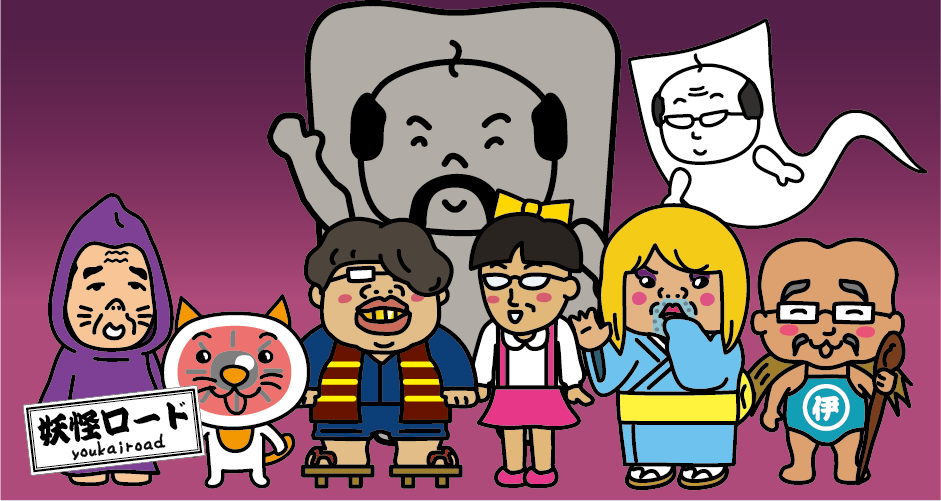

You need to login to comment on an article.